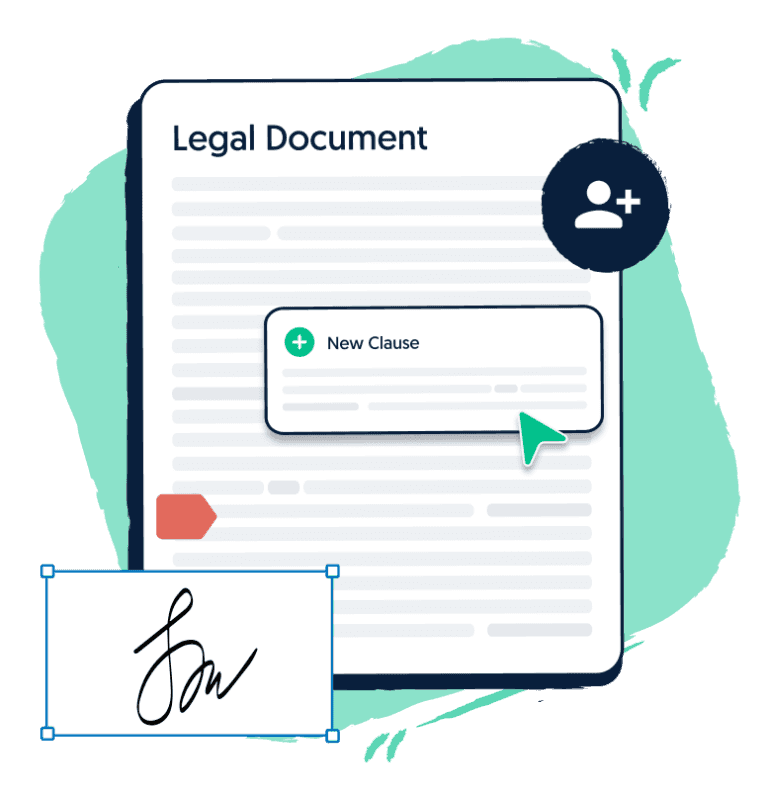

Consultants do valuable work for businesses and individuals by advising on issues and providing solutions. The consulting industry is broad, and they can specialise in an array of different areas including finance, compliance, IT, management and also operations amongst other things. In order for consultants to engage clients and provide competent services, different documents are used help make the job run smoothly. Using data from our 130,000+ customers, we’ll outline the documents most often used in the consulting industry.
Table of ContentsA Consultancy Agreement (also known as a consulting contract or Consulting Services Agreement) is the document used most often in the consulting industry. It establishes the rights and obligations between consultants and clients. This document outlines the parties involved in the work, payment terms and also what services the consultant is to provide.

Sign up for one of our legal plans or get started for free today.
A Contractor Agreement is an agreement between a business and an independent contractor. This Agreement allows the business to hire the independent contractor (they can also be a freelancer or a consultant) to perform work for the business. This Agreement includes terms relating to:
It’s also important to remember here that a contractor is not an employee, and do not have the same entitlements to leave and superannuation that employees do.
A Privacy Policy states what information your website will collect from users, and also outlines how that information will be used. This includes who the information will be passed on to and whether the information will be sent overseas. A Privacy Policy also includes clauses setting out the security and storage of personal information and whether your website uses cookies and/or supports third party sites. Further, many online providers such as Google and Facebook require businesses to have a Privacy Policy in order to use their services.
A Non-Disclosure Agreement (Mutual) is a legally binding agreement between two parties which protects the disclosure of information between them. By using this document, both parties are promising to protect each other’s information. This type of NDA is common in business partnerships and also in B2B services.
A Services Agreement defines the business relationship between a business and a client. Hence, it reduces the chance of future disputes and specifies the rights and obligations of the parties.
Similar to a Services Agreement, this document defines the business relationship between you and your customers. However, this document is specifically for businesses which are supplying products to a customer.
Employment Agreements are crucial in setting out the terms of employment between you and an employee. Beyond remuneration, this Agreement also sets out expectations and responsibilities, termination and the notice period. Specifically, this Agreement is for employees who work on a casual basis. Employees who work on a casual basis receive casual loading on top of their usual pay, however do not have paid leave entitlements.
This type of NDA only applies to the person or business you issue it to. In a Non-Disclosure Agreement (One Way), the business discloses the information to another party and the party that receives the information agrees not to disclose the information.
A Shareholders Agreement is a contract which is signed by all the shareholders of a company. A Shareholders Agreement usually covers the following:
Also known as a Gentleman’s Agreement, a Heads of Agreement is a non-binding document which lays out the terms of a proposed contract between parties. Heads of Agreements are used to document negotiations by setting out rights and obligations before a final agreement has been entered into. A contract then formalises this Agreement at a later date. Heads of Agreements also include a termination clause.